HappyFeet
New Member
im trying to re-up my old server again ( 6-7 years ago) I saved everything but I have same errors on the site.
server: Based on Evolutions Version 0.7.8 based on OTServ SVN Version 0.6.0
site: I really dont know anymore

line 3 and 4:
$acc_logged = $_SESSION['account'];
$pass_logged = $_SESSION['password'];
I am sure these are good.

line 76, 77 ,78 and 79:
//show source request
if($_REQUEST['action']=='source'){
highlight_file(__FILE__);
}

line 1402 :
?>

line 456:
case "password":
Is this because of the new xampp php?
server: Based on Evolutions Version 0.7.8 based on OTServ SVN Version 0.6.0
site: I really dont know anymore

line 3 and 4:
$acc_logged = $_SESSION['account'];
$pass_logged = $_SESSION['password'];
I am sure these are good.

line 76, 77 ,78 and 79:
//show source request
if($_REQUEST['action']=='source'){
highlight_file(__FILE__);
}

line 1402 :
?>

line 456:
case "password":
Is this because of the new xampp php?
